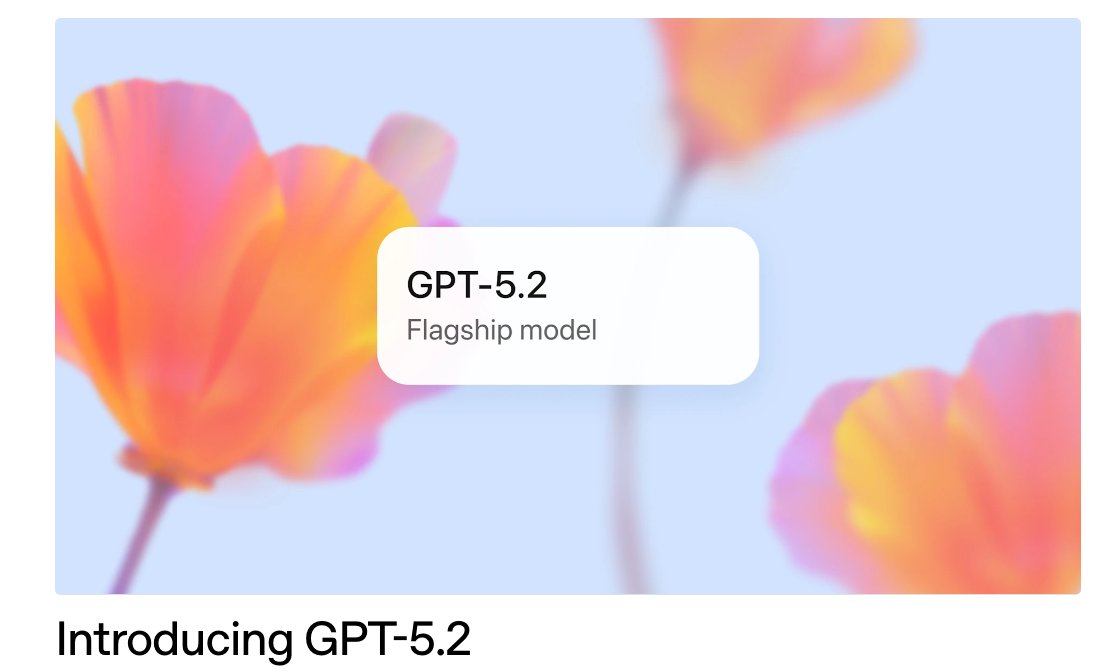NEWS
On April 9, 2025, Google introduced the Agent2Agent (A2A) Protocol, a groundbreaking open standard set to redefine how AI agents collaborate across diverse ecosystems. As AI adoption accelerates, enterprises are increasingly relying on specialized agents to automate tasks, streamline workflows, and fuel innovation. But a persistent challenge has remained: the lack of interoperability between agents developed using different tools, platforms, or vendors.
A2A is Google’s bold answer to this challenge. By enabling seamless communication between agents, A2A offers a universal, secure, and efficient standard for agent-to-agent collaboration. In this blog, we’ll explore the A2A Protocol’s key features, its impact on businesses, and why it’s a pivotal moment for AI-driven automation.
What is the Google Agent2Agent (A2A) Protocol?
The Agent2Agent Protocol is an open-source framework that enables AI agents—regardless of vendor or platform—to communicate, coordinate, and complete tasks together. Announced at Google Cloud Next '25, it’s already backed by over 50 major partners including Salesforce, Atlassian, MongoDB, PayPal, and Deloitte.
Built on widely adopted standards like HTTP, JSON-RPC, and Server-Sent Events (SSE), A2A integrates easily with enterprise IT stacks. Whether it’s a quick data query or a multi-day business process, A2A creates the infrastructure for AI agents to function as a connected digital workforce.
Key Features of A2A
The A2A Protocol is designed with enterprise-grade requirements in mind. Here are its most notable capabilities:
🔍 1. Capability Discovery
Agents can share their functionality using “Agent Cards” in JSON format. This allows other agents to discover the best one for a specific task—like a digital matchmaking system for automated workflows.
🔄 2. Task Management
A2A supports a task-oriented model with a defined lifecycle. Whether agents are exchanging quick updates or collaborating on multi-stage processes, they stay synchronized and exchange outputs (“artifacts”) in real time.
🔐 3. Secure Collaboration
Security is core to A2A. With support for enterprise authentication and OpenAPI-based authorization, agents can collaborate safely, even in regulated industries like finance or healthcare.
⏱ 4. Support for Long-Running Tasks
Beyond traditional API calls, A2A supports extended workflows that may involve human input, research, or complex decisions. It’s ideal for sophisticated enterprise operations.
🎛 5. Modality-Agnostic Communication
Agents can exchange various data types—text, images, video, or audio—and dynamically negotiate how to present content, ensuring rich and consistent cross-platform experiences.
How A2A Works with Standards Like MCP
A2A complements emerging standards such as Anthropic’s Model Context Protocol (MCP). While MCP connects AI models to external tools and context, A2A enables the agents themselves to communicate. Together, they form a powerful stack:
MCP = access to data/tools
A2A = coordination between agents
This layered approach unlocks scalable, modular AI ecosystems.
Why A2A Matters for Businesses
The rise of agentic AI—autonomous agents performing specialized tasks—brings massive potential. But without a standard protocol, integration is costly and inefficient. A2A solves this. Here's how:
🧩 Breaks Down Silos
Departments often use agents from different vendors (e.g., Salesforce, ServiceNow, SAP). A2A enables these agents to collaborate natively, reducing the need for custom integrations.
⚙️ Boosts Efficiency
Agents can delegate tasks, share context, and complete workflows across systems—e.g., a support agent can auto-coordinate with logistics and billing to resolve a case.
🔄 Future-Proofs AI Strategy
Being open-source, A2A ensures companies aren’t locked into a vendor. Agents from different providers can plug into the same system, supporting evolving business needs.
🚀 Accelerates Innovation
Developers can build niche agents without worrying about compatibility. As a result, new agents can be deployed rapidly and integrated instantly into existing ecosystems.
Real-World Use Cases
A2A’s flexibility lends itself to diverse applications:
Customer Support: Agents handling inquiries, billing, and shipping collaborate in real time for a seamless customer experience.
Supply Chain: Logistics, inventory, and forecasting agents optimize stock and reduce delays.
HR Automation: Recruitment and onboarding agents streamline the hiring process end-to-end.
AI2SQL Integration: An analytics agent can pair with an AI2SQL agent, converting natural language into SQL queries and retrieving data insights instantly. This bridges the gap between non-technical users and enterprise databases.
The Road Ahead for A2A
A2A is still in its early days, with a production-ready version expected later in 2025. As an open-source project on GitHub, it invites contributions from the developer community—ensuring the protocol evolves with real-world needs.
While mainstream adoption is still ahead, strong support from over 50 tech partners is a sign of momentum. Long term, A2A could become the “HTTP for AI agents”, enabling a truly interoperable future for autonomous systems.
Conclusion
The Google Agent2Agent Protocol isn’t just another technical standard—it’s a bold vision for collaborative, interoperable AI. By allowing agents to communicate securely and natively, A2A unlocks a new era of enterprise automation.
As of April 2025, A2A is a rising force in AI infrastructure. Whether you’re a CTO planning AI strategy, a developer building agentic tools, or a founder looking to innovate—A2A is worth watching closely.
👉 Explore the A2A documentation on GitHub
👉 Start experimenting with agent interoperability today
The age of isolated AI agents is ending. The age of collaboration has just begun.






